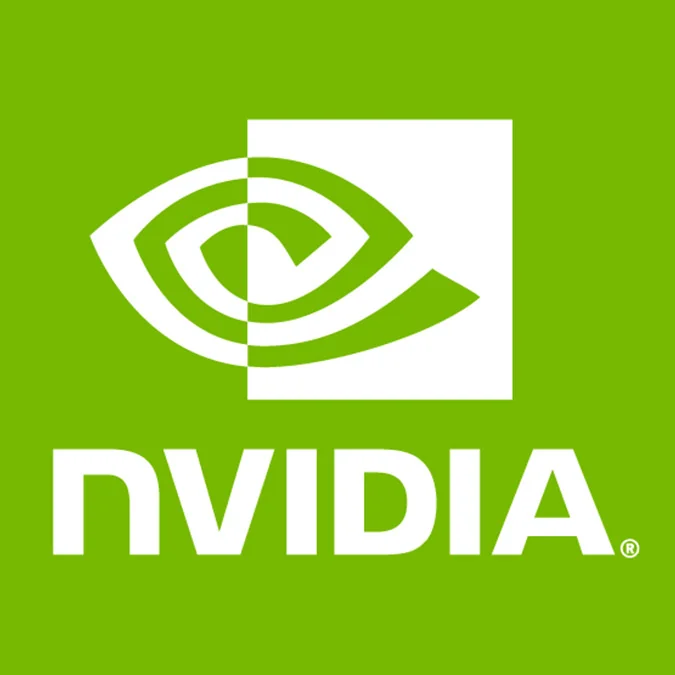NVIDIA's 302 Linux Driver Finally Has RandR 1.2/1.3

RandR 1.2 has been around for years -- about five years in a good state -- while RandR 1.3 has been around for about four years. The open-source X.Org drivers have largely all supported RandR 1.2/1.3 from the versions being merged into the X.Org Server and protocol headers while even the proprietary Catalyst driver has handled RandR 1.2+ support for quite a while. However, due to internal differences with the NVIDIA binary driver, its RandR 1.2+ support has been slow to come. RandR 1.4 was going to help NVIDIA, but that's been slow to come and it looks like with the 302.xx driver they've managed anyhow to support RandR 1.2/1.3.
The change-log for the NVIDIA 302.07 beta Linux graphics driver has a lot of changes relating to the driver's monitor support and RandR handling:
*Added X driver support for RandR 1.2 and RandR 1.3. See "Support for the X Resize and Rotate Extension" in the README for details.If you're into using multiple display heads on your NVIDIA Linux system, or just prefer managing your display settings from the tools within your desktop environment rather than the nvidia-settings utility, this is some of the good news from the NVIDIA 302.xx Linux driver series.
*Extended the MetaMode X configuration option syntax with the following new attributes:
"Rotation" : specifies the display device's rotation
"Reflection" : specifies the display device's reflection
"Transform" : specifies a 3x3 transformation matrix to be applied to the display device
"ViewPortOut" : specifies the region of the mode in which to display pixels
"ViewPortIn" : specifies the size of the region in the X screen to display in the ViewPortOut
For example, "DFP-0: nvidia-auto-select { Rotation=left }".
See "Configuring Multiple Display Devices on One X Screen" in the
README for details.
*Removed the "TwinView" X configuration option; the functionality it provided is now enabled by default.
Previously, the NVIDIA X driver only enabled one display device for an X screen unless "TwinView" was enabled. Now, the NVIDIA X driver enables, by default, as many display devices as the GPU supports driving simultaneously. To limit how many display devices are driven by an X screen, use the "UseDisplayDevice" X configuration option.
*Added a "CurrentMetaMode" attribute to the nvidia-settings command line, to query and set the current MetaMode.
As an example, these two commands are equivalent:
xrandr --output DVI-I-2 --mode 1280x1024 --pos 0x0 --output DVI-I-3 --mode 1920x1200 --pos 1280x0
nvidia-settings --assign CurrentMetaMode= "DVI-I-2: 1280x1024 +0+0, DVI-I-3: 1920x1200 +1280+0"
*Removed overscan compensation configurability from NV-CONTROL and nvidia-settings. This can be configured, with finer granularity, through the ViewPortIn and ViewPortOut MetaMode attributes. See "Configuring Multiple Display Devices on One X Screen" in the README for details.
*Altered mode validation such that for digital display devices the X driver only allows, by default, modes which are reported in the EDID. Previously, the NVIDIA X driver allowed other modes, but implicitly scaled those other modes to one of the EDID modes. Now, only the modes in the EDID are validated and the X driver does not do any implicit scaling. Any desired scaling can be configured explicitly through the new "ViewPortIn" and "ViewPortOut" MetaMode attributes. See "Configuring Multiple Display Devices on One X Screen" in the README for details.
*Removed Flat Panel Scaling configurability in nvidia-settings. Any desired scaling can be configured through the new "ViewPortIn" and "ViewPortOut" MetaMode attributes.
*Hotplug events (specifically, the RRNotify_OutputChange RandR event) are now generated when display devices are connected and disconnected from the GPU. Many desktop environments automatically resize the X desktop in response to these events.
*Added display device name aliases, such that X configuration options that use display device names can refer to a display device by one of several names, including the RandR Output name for the display device. The X log reports the list of aliases for each display device.
*Updated EDID parsing to include more complete support for EDID 1.4 and more recent versions of CEA-861.
*Removed the "Rotate" X configuration option. This was used to statically rotate the X screen. Its functionality is replaced by the "Rotation" MetaMode attribute and RandR 1.2 rotation support. See the README for details.
*Removed the "RandRRotation" X configuration option. This enabled configurability of X screen rotation via RandR 1.1. Its functionality is replaced by the "Rotation" MetaMode attribute and RandR 1.2 rotation support. See the README for details.
*Removed support for the following NV-CONTROL attributes:
NV_CTRL_GPU_SCALING
NV_CTRL_GPU_SCALING_DEFAULT_TARGET
NV_CTRL_GPU_SCALING_DEFAULT_METHOD
NV_CTRL_DFP_SCALING_ACTIVE
NV_CTRL_GPU_SCALING_ACTIVE
NV_CTRL_FRONTEND_RESOLUTION
NV_CTRL_BACKEND_RESOLUTION
NV_CTRL_OVERSCAN_COMPENSATION
NV_CTRL_FLATPANEL_BEST_FIT_RESOLUTION
Aside from the RandR 1.2/1.3 support, the NVIDIA 302.07 beta Linux driver also has various bug-fixes, support for conformant texture clamping by default with OpenGL, Sync-to-vBlank by default, improved rendering performance for RENDER bitmap text, a new --restore-original-backup argument for the nvidia-settings utility, exposing new FSAA anti-aliasing modes via the NV_CONTROL extension, improved X configuration option handling, and other changes.
The official change-log and the x86/x86_64 Linux download links for the NVIDIA 302.07 beta can be found in this forum thread. It doesn't look like they have any Kepler-targeted performance improvements or anything else specific to this GeForce 600 series hardware with this driver update, like still no Fermi/Kepler overclocking support under Linux.
38 Comments

